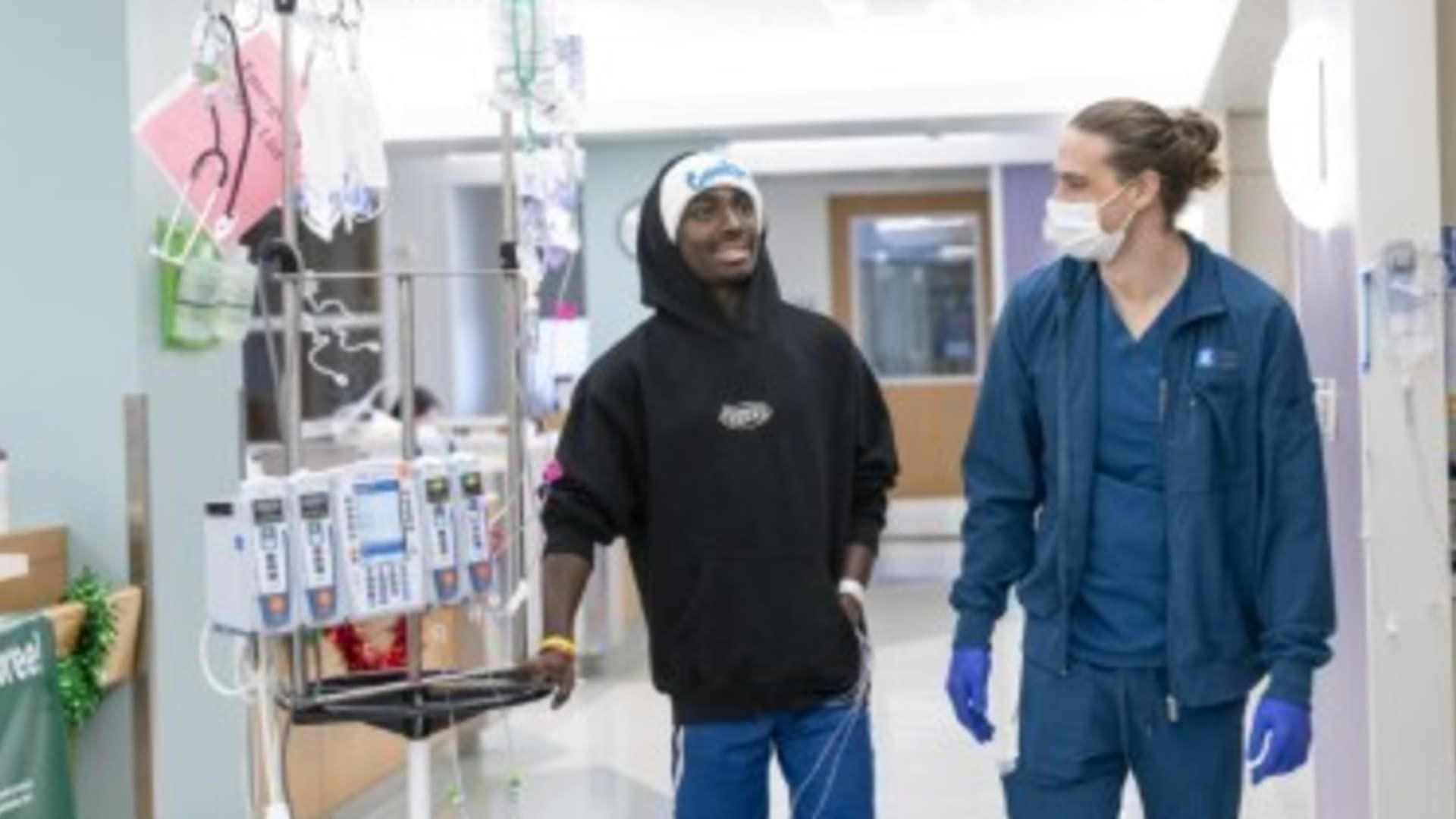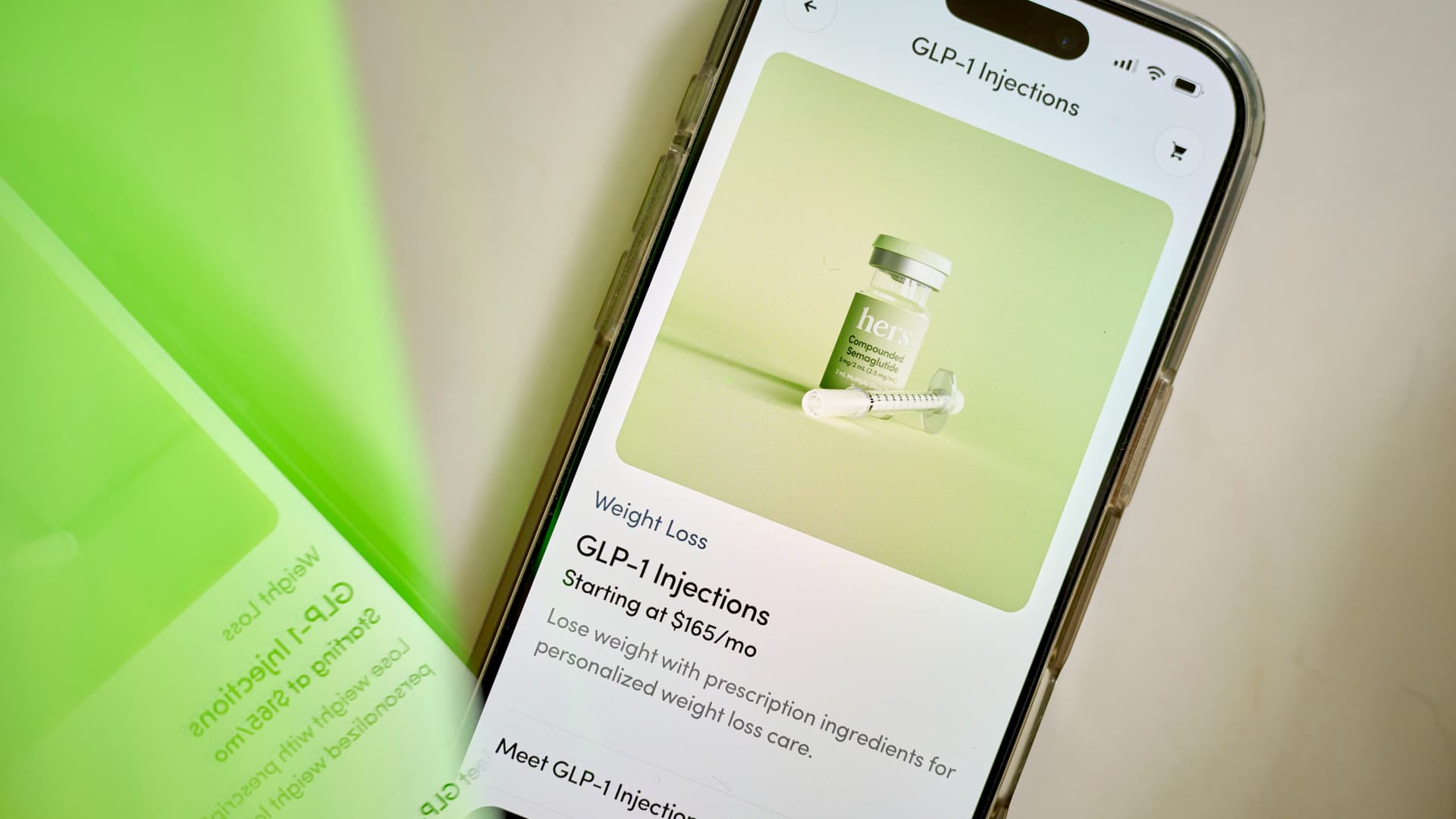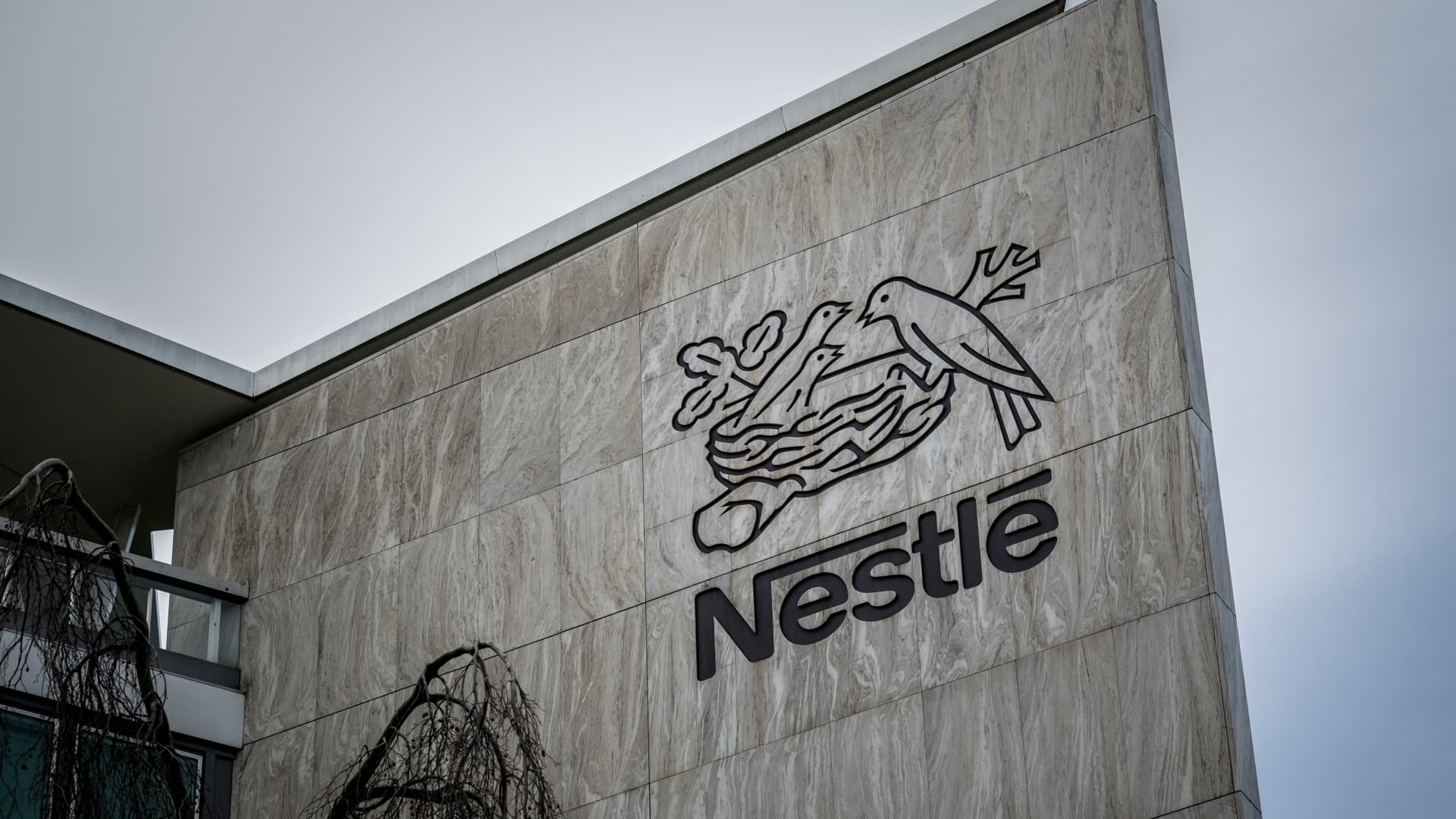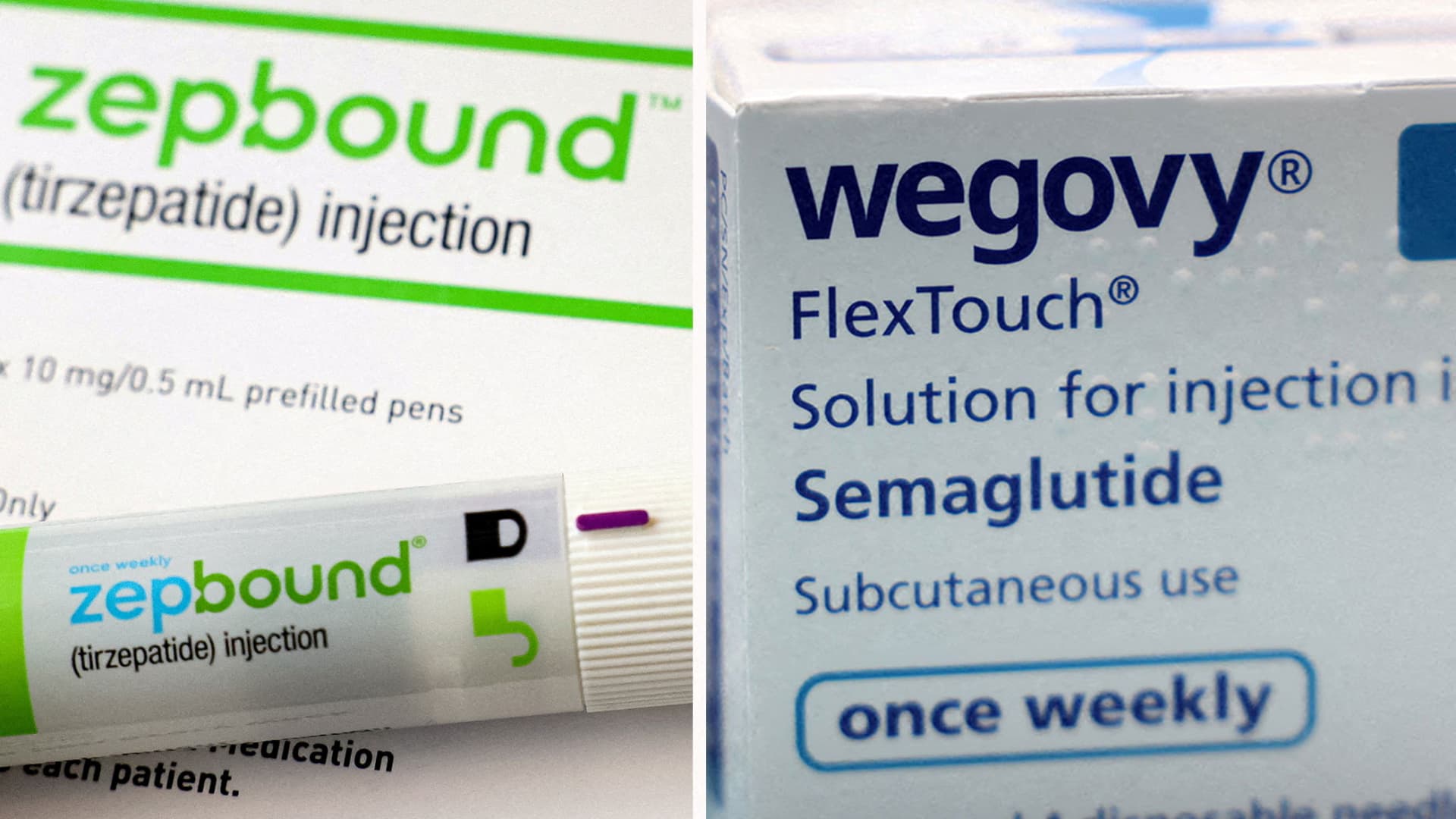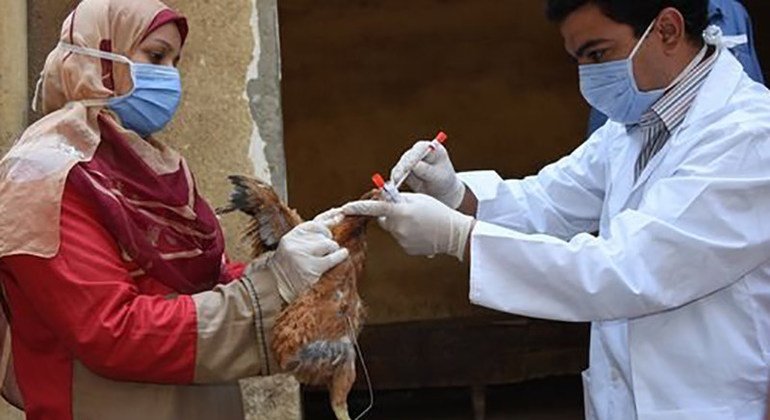Starting in his adolescence, Deshawn “DJ” Chow was not sure that he could ever live a normal life. The episodes of overwhelming pain caused by their falciform cell disease were progressively worse.
“He has simply jumping school and always entering and leaving the hospital,” said the 19 -year -old. “And only severe pain in … my head and my lower back.”
When the Sickle Cell cell genas administration was approved by the Food and Medicines Administration just over a year, Chow's adopted parents looked for the Children's Cancer Center in the city of Hope in Los Angeles to obtain access to the new treatment. For relief, the center accepted it as a patient, and quickly assured the insurance authorization sponsored by the Chows employer.
“They are covering almost all this [at] It hardly costs us in your pocket for us. So, we are really grateful for those benefits, “said DJ's father, Sean Chow.” I am amazed. “
DJ Chow is one of the few hospital patients who have been treated with Casgevy, the therapy of the falciform gene produced by Pharmaceutical verticeswhich costs more than $ 2 million per patient. The treatment process involved multiple hospitalizations, as well as chemotherapy treatments at an additional cost during last year.
The falciform cell is a blood disorder in which a person's red blood cells are defended in growing moons. He disproportionately affects black people and causes severe episodes of pain that can often land patients in the hospital.
Chow is one of the small number of patients to complete treatment with new gene therapies. After completing the full course of Casgevy's treatments in January, he is starting to dream of doing the things he always wanted to do.
“Learn to make snowboard and surf and do all these things … experiences that I never had to do due to my holy cell,” he said.
Slow ramp
While more than 100,000 Americans suffer from falciform cell disease, younger patients whose organs have not been damaged by the disease are the most promising candidates to benefit from new treatments.
Even so, the increase in the ability to treat patients on scale has been slow. In the first year since the FDA approved two genetic therapies for falciform cells, just over 100 patients have undergone treatment.
VERTEX executives said in the company's fourth -quarter profit call that 50 patients around the world had received their first cell collections at the end of last year 2024. Meanwhile, competition executives Biography Said the past fall that almost five dozen patients had undergone treatment with their medication lyfgeny, which has a price of more than $ 3 million per patient. Other 37 patients are scheduled to start treatment with Bluebird therapy in early 2025.
For the first treatment centers offered by the new Falciform Genes therapies, coordinating with insurers to obtain coverage has required some learning curve.
“Today is much softer than it was when we started getting patients,” said Jennifer Cameron, executive director of Patient Access in Children's National Hospital, in Washington, DC “Many times, we will send you the billing and coding guides that are developed For the … manufacturer and share it with the payer, if they don't know. “
Dr. Leo Wang of the city of Hope, the pediatric-outcast hematologist who works with Chow, also said that the process has become softer, but worries that the price of these treatments still raises obstacles to coverage.
“The challenges for the medical care system are immense. This is a very expensive therapy,” he said, “for employer -based insurance plans, it can be a bit difficult to accommodate those costs.”
Until now, the slow increase of patients in treatment has made the coverage of the first cases manageable, said David Joyner, CEO of CVS Health, the Aetna Health Insurance Matrix company. But with the demand that is expected to increase, he said that many in the industry are looking to develop new payment models for the treatments of falciform cells and other genetic therapies on the horizon.
“Emerging risk groups are being developed … sometimes at the state levels of Medicaid, sometimes collectively in larger payers,” said Joyner, so that the financial burden of treatments extends beyond a single state or a company.
“You must think of a different payment model, because today's payment model is not built to distribute the cost,” he said. “But that takes time.”
A challenge for Medicaid
For state medical programs, the challenge of affordability for new falciform cell treatments can be even greater. More than half of patients with falciform cells are covered by the Federal-State Government Health Plan for low-income Americans.
The southern states such as Georgia, Florida and Mississippi have some larger concentrations of patients with falciform cells, according to a study conducted by researchers from the University of Chicago.
The Biden Administration developed a model of gene and gene gene therapy under the centers of Medicare and Medicaid, which will provide the states with a discounted price based on results and will provide some funds for new medications. The deadline for states to request the program is February 28, with the first federal subsidies to help pay the medications on the way to start in June, according to CMS officials.
According to the new payment model, states could receive up to $ 9.5 million in federal funds, but even with discount prices that may not start covering the costs of treating patients with Medicaid in some cases.
Oregon Health & Science University researchers estimated that the 10 states with larger falciform cell populations could see an average budget impact of $ 30 million, based on an estimate of treatments at a price of just under $ 1.9 million.
These biggest costs would arrive at a time when the Trump administration and the Congress controlled by Republicans are looking for ways to reduce federal expenditure. The administration has already begun to reduce staff in health agencies, and federal funds for medicality state programs are expected to be on the table in the next budget proposals.
The Secretary of Health and Human Services, Robert F. Kennedy Jr. in general.
“I have many friends who have falciform cells. I've seen the suffering they suffer,” Kennedy said. “Now there are promising genetic therapies. They are very, very expensive, but it is something that [National Institutes of Health] It must be supporting with enthusiasm, that kind of research. “
Sean Chow said he is grateful to the researchers who developed gene therapy, who hopes that his child has a more normal future, without weakening episodes of pain. He wants other families to have the same opportunity to access high -price genetic therapies for their loved ones.
“Having a child with falciform cells has been heartbreaking,” he said. “I hope that as more and more patients get therapy, the cost can be reduced.”

